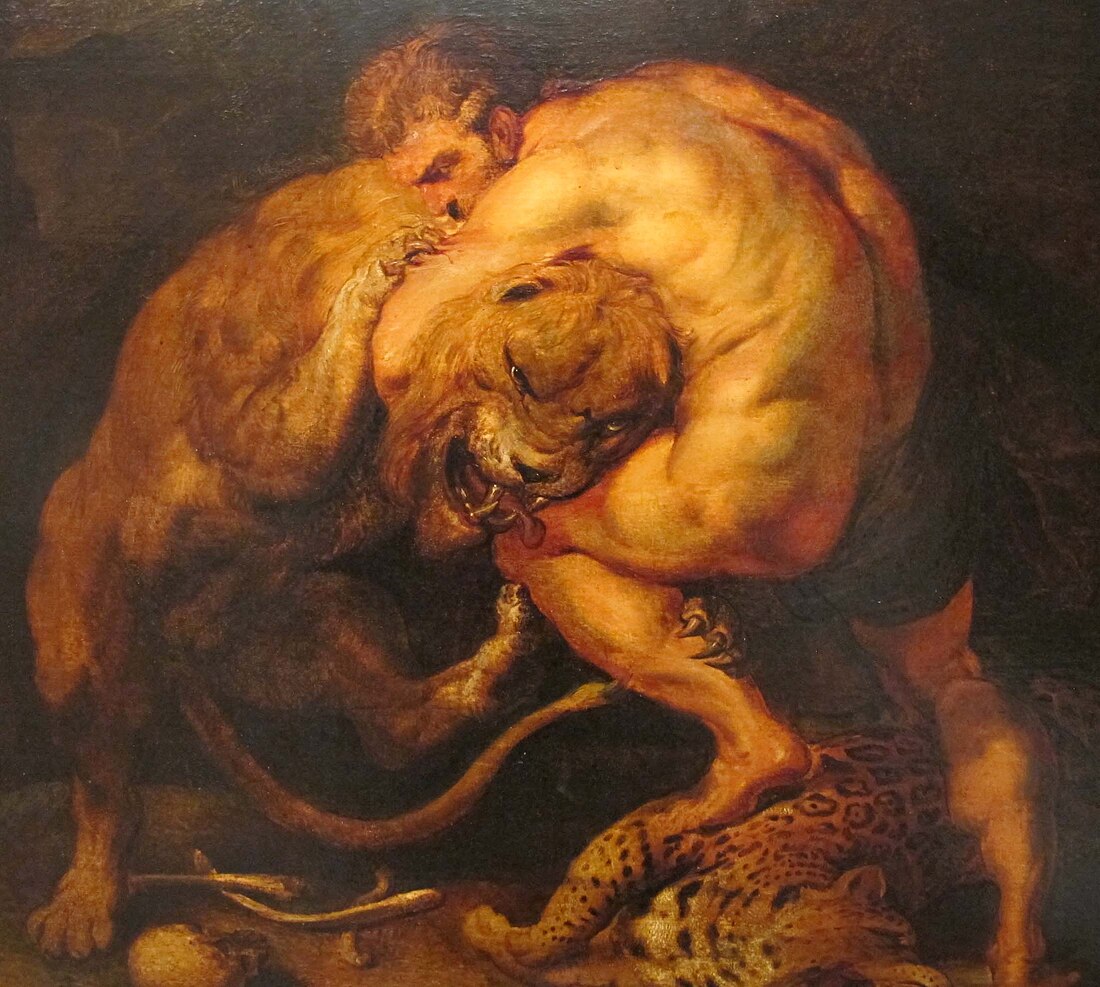赫丘利
罗马神祇 来自维基百科,自由的百科全书
在古羅馬宗教和羅馬神話中,赫丘利是一位英雄的神化,並納入羅馬的建國神話裏面,之後羅馬人將希臘神話中的海格力斯形象融入赫丘利,改編成自己的文學和藝術,但英雄相對具有羅馬文化的特性。早在公元前6世紀和5世紀,一些希臘的資料源頭表示一些海克利斯的故事如海格力斯的十二項功績和羅馬是有所關聯的。[1]
哈利卡納蘇斯的戴歐尼修斯將赫丘利歸為羅馬榮譽的神之中:「他的靈魂死後必然離開身體,他已經升天並已獲得等價的榮譽之神。」[2]他的神化概念是由於其英雄形象而做為一個神化羅馬國王的象徵。[3]

故事
暴君皇帝康茂德將赫丘利作為自身的護衛,時常穿者赫丘利形象的衣服。在公元184年康茂德將一年的月份全部依自己的名子重新命名,其中包括「赫丘利月」此用分可能是古羅馬的九月或十月[4]這個新制度在192年的康茂德謀殺案之後也一同廢除了。[5]
註釋
外部連結
Wikiwand - on
Seamless Wikipedia browsing. On steroids.


